Home>Garden Essentials>How Many Seeds In A Lemon
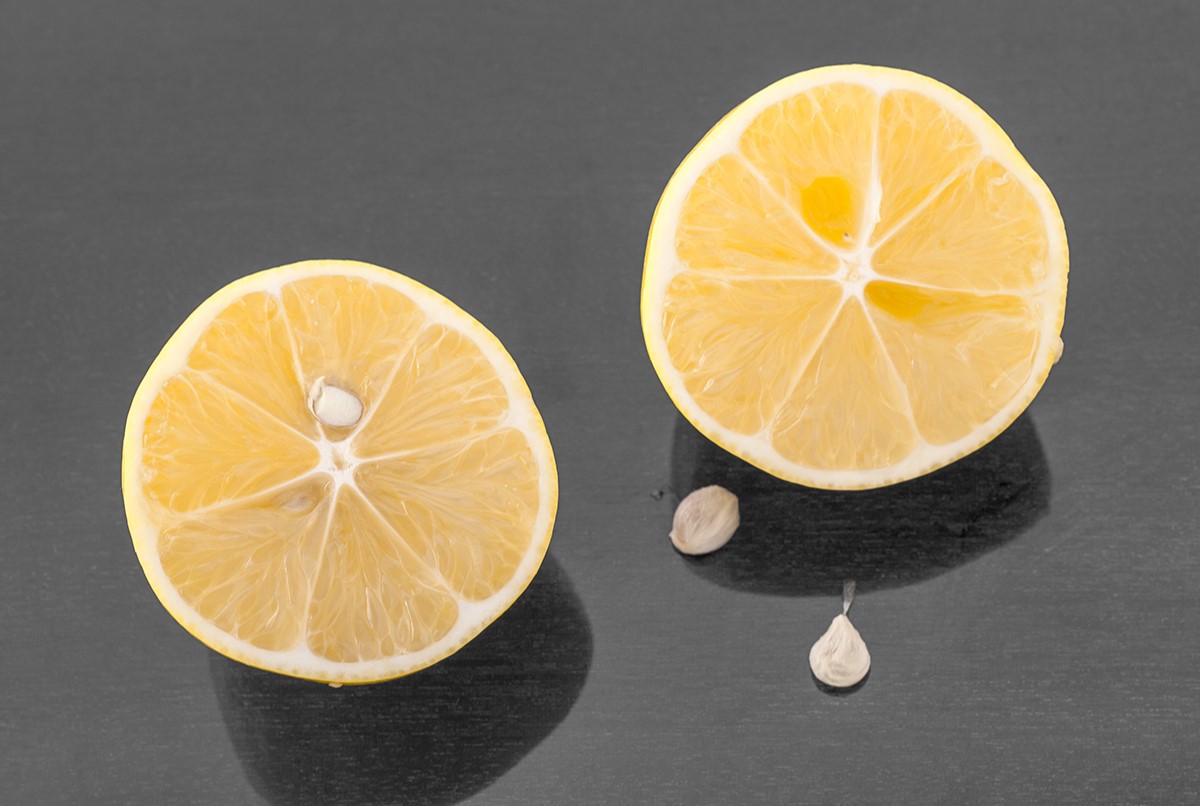

Garden Essentials
How Many Seeds In A Lemon
Modified: May 6, 2024
Discover how many seeds are typically found in a garden lemon. Learn about the abundance of seeds and their potential uses in cooking and cultivation.
(Many of the links in this article redirect to a specific reviewed product. Your purchase of these products through affiliate links helps to generate commission for Storables.com, at no extra cost. Learn more)
Introduction
Welcome to the fascinating world of lemons! If you’ve ever sliced open a lemon, you may have been curious about the number of seeds hidden inside. Lemons are not only a versatile fruit used in cooking and beverages, but they also have a captivating anatomy that includes seeds. In this article, we will explore the different lemon varieties, the anatomy of a lemon fruit, the structure of lemon seeds, factors affecting seed count in lemons, how to determine the number of seeds in a lemon, average seed count in different lemon varieties, the concept of seedless lemons, and the uses of lemon seeds.
Lemons belong to the citrus family and are iconic for their vibrant yellow color and distinctive sour taste. They are grown in various parts of the world and are known for their numerous health benefits, including high levels of Vitamin C and antioxidants. However, when it comes to the number of seeds found in lemons, it can vary from fruit to fruit and even among different lemon varieties.
So, let’s dive deeper into the world of lemons and explore the fascinating details of their seeds!
Key Takeaways:
- Lemons come in various varieties, each with its unique flavor and seed count. From the tangy Eureka to the seedless Meyer, lemons offer diverse options for culinary adventures and preferences.
- While seedless lemons are not entirely devoid of seeds, they offer a significantly lower seed count, making them a convenient choice for those who prefer hassle-free lemon experiences. Whether seed-filled or seedless, lemons remain a versatile and cherished ingredient in cooking and beyond.
Read more: How To Grow Lemons From Lemon Seeds
Lemon Varieties
Lemons come in several different varieties, each with its unique characteristics and flavors. Here are some of the most popular lemon varieties:
- Eureka Lemon: This is the most common lemon variety found in grocery stores. It has a bright yellow color, a tangy flavor, and a strong acidic taste. Eureka lemons are known for their versatility and are widely used in cooking, baking, and beverages.
- Lisbon Lemon: Similar to the Eureka lemon, the Lisbon lemon is also widely available and has a bright yellow color. It is slightly larger than the Eureka lemon and has a strong acidic flavor. Lisbon lemons are often used for juicing due to their high juice content.
- Meyer Lemon: Unlike the Eureka and Lisbon lemons, Meyer lemons have a thinner skin, a rounder shape, and a deep yellow color. They are less acidic and have a sweeter taste with hints of mandarin orange. Meyer lemons are popular for their use in desserts, cocktails, and garnishes.
- Ponderosa Lemon: Ponderosa lemons are much larger than the other lemon varieties and have a thick, bumpy skin. They have a tart flavor and a lemony aroma. Ponderosa lemons are primarily used for their zest and are less commonly found in grocery stores.
- Variegated Pink Lemon: This unique lemon variety has a striking appearance with yellow and green-striped skin. When sliced open, it reveals pink-colored flesh. Variegated pink lemons have a sweeter flavor compared to other lemons and are often used for their aesthetic appeal in dishes and beverages.
These are just a few of the lemon varieties you may come across. Each variety has its own unique characteristics, taste, and uses, making lemons a versatile and essential ingredient in culinary endeavors.
Anatomy of a Lemon Fruit
To understand the number of seeds in a lemon, it is helpful to have a basic understanding of the anatomy of the fruit. A lemon consists of several parts, each serving a specific purpose:
- Exocarp: The outermost layer of the lemon fruit is called the exocarp, or the peel. It is thick and tough, providing protection and preserving the fruit’s moisture.
- Mesocarp: The layer beneath the exocarp is the mesocarp, also known as the pulp. This is the juicy, fleshy part of the fruit that contains the lemon’s essential oils, acidity, and flavor.
- Endocarp: The innermost layer of the lemon fruit is the endocarp, which surrounds the seeds. It is a thin, membranous layer that separates the seeds from the pulp.
- Axillary Bud: At the base of each leaf, in the axil, you’ll find axillary buds. These buds have the potential to develop into branches or produce flowers.
- Style and Stigma: The style and stigma are part of the female reproductive structure of the lemon fruit. They play a critical role in pollination and fertilization.
- Carpels: Inside the lemon fruit, you’ll find multiple carpels. Each carpel contains ovules, which develop into seeds if fertilized.
- Seeds: The seeds, also known as pips, are the reproductive structures of the lemon fruit. They are found within the endocarp and are responsible for the propagation of the lemon tree.
The anatomy of a lemon fruit is not only intriguing but also essential for understanding the distribution and arrangement of seeds within the fruit. The endocarp, where the seeds are located, plays a crucial role in protecting and nurturing the seeds until they are ready for dispersal.
Structure of a Lemon Seed
Lemon seeds are small, oval-shaped structures that contain all the necessary genetic material for the growth and development of a new lemon tree. Let’s take a closer look at the structure of a lemon seed:
- Seed Coat: The outermost layer of a lemon seed is called the seed coat or seed coat. This protective layer surrounds and encases the seed, shielding it from external factors such as temperature, moisture, and pests.
- Cotyledons: Inside the seed coat, you’ll find two cotyledons. These are the embryonic leaves of the lemon seed and serve as a source of nutrition and energy for the developing seedling.
- Embryo: The embryo of the lemon seed is the miniature version of the future lemon tree. It contains the shoot tip, where the stem and leaves will develop, as well as the root tip, where the roots will form.
- Radicle: The radicle is the embryonic root of the lemon seed, which will eventually grow into the primary root system of the lemon tree. It is the first part of the embryo to emerge from the seed coat during germination.
- Plumule: The plumule is the embryonic shoot of the lemon seed. It includes the stem and the first set of leaves that will emerge once the seed germinates and establishes itself as a seedling.
- Endosperm: Surrounding the embryo, you’ll find the endosperm, which is a nutrient-rich tissue that provides nourishment to the developing lemon seedling until it can sustain itself through photosynthesis.
The structure of a lemon seed is designed to ensure the successful germination and growth of a new lemon tree. The seed coat protects the embryo and provides suitable conditions for germination, while the cotyledons and endosperm supply the necessary nutrients for the early stages of growth. As the seed germinates and establishes itself as a seedling, the plumule and radicle will begin to develop, leading to the formation of a new lemon tree.
Factors Affecting Seed Count in Lemons
The number of seeds found in a lemon can vary depending on several factors. Here are some factors that can affect the seed count in lemons:
- Lemon Variety: Different lemon varieties have varying seed counts. Some varieties, such as the Eureka and Lisbon lemons, tend to have a higher number of seeds, while others, like the Meyer lemon, are known for their lower seed count.
- Pollination: Pollination plays a crucial role in seed development. When a lemon flower is successfully pollinated, the ovaries within the flower develop into seeds. The presence of pollinators, such as bees, is essential for effective pollination and seed formation.
- Fertilization: Fertilization occurs when pollen from the male part of the flower reaches the stigma, which is the female part. Successful fertilization leads to the development of seeds. Factors like the availability of pollen, moisture, and suitable environmental conditions contribute to successful fertilization.
- Growing Conditions: The growing conditions of the lemon tree can impact seed production. Factors such as temperature, sunlight, soil quality, and adequate water supply influence the tree’s overall health and seed development.
- Age of the Fruit: The age of the fruit can affect the number of seeds. Generally, young lemons tend to have fewer seeds, while mature lemons often have a higher seed count. However, this can vary depending on the lemon variety and individual fruit characteristics.
- Genetics: The genetic makeup of the lemon tree influences seed production. Some lemon varieties may naturally produce more seeds due to their genetic traits, while others may have been selectively bred to have reduced seed counts.
- Pruning and Care Practices: Proper pruning and care practices can impact seed production in lemon trees. Pruning techniques that promote better airflow and sunlight penetration can improve overall tree health, leading to better seed development.
It’s important to note that while these factors can influence seed count in lemons, there can be natural variations within a lemon variety due to factors beyond human control. The intricacies of seed formation and development make each lemon unique in its seed count.
The average lemon contains about 10-12 seeds, but it can vary. If you’re looking for a seedless option, try using Meyer lemons, which tend to have fewer seeds.
Read more: How To Grow Lemon Seeds
How to Determine the Number of Seeds in a Lemon
While it’s not possible to accurately predict the exact number of seeds in a lemon without cutting it open, there are a few methods you can use to estimate the seed count:
- Slice the Lemon: Begin by slicing the lemon horizontally or vertically, depending on your preference. Make a clean cut through the center of the fruit to expose the inner sections.
- Observe the Segments: Take a close look at the exposed lemon segments. Each segment contains the potential for seed development. Count the number of segments present in the lemon. Keep in mind that each segment may not necessarily have a seed.
- Inspect the Pulp: Gently separate the lemon segments to reveal the pulp. Carefully observe the pulp and identify any visible seeds. Count the number of seeds you can see within the sections you have opened.
- Estimate Based on Previous Experience: If you have worked with lemon varieties before and have a good understanding of their typical seed counts, you can make an educated estimate based on the size, variety, and age of the lemon.
- Use Average Seed Counts: If you are unable to determine the actual seed count of a specific lemon, you can rely on average seed counts for different lemon varieties. For example, Eureka and Lisbon lemons commonly have a higher seed count compared to Meyer lemons, which are known for their lower seed count.
It’s important to note that the number of seeds in a lemon can vary due to natural variations and factors such as pollination and fertilization, as mentioned earlier. Therefore, any estimate you make may not be exact but can provide a general idea of the seed count.
Remember, the true value of a lemon lies not just in the number of seeds it holds, but in the zesty flavor and refreshing qualities it brings to various culinary creations!
Average Seed Count in Different Lemon Varieties
When it comes to the number of seeds in lemons, it’s important to keep in mind that there can be natural variations within each lemon variety. However, certain lemon varieties tend to have higher or lower average seed counts. Here’s a breakdown of the average seed counts in different lemon varieties:
- Eureka Lemon: Eureka lemons are known for having a relatively high seed count. On average, a single Eureka lemon can contain anywhere from 10 to 20 seeds. The seed count may vary slightly depending on the size and maturity of the fruit.
- Lisbon Lemon: Lisbon lemons are similar to Eureka lemons in terms of their average seed count. You can expect to find around 10 to 20 seeds in a typical Lisbon lemon. However, larger-sized Lisbon lemons may have slightly higher seed counts.
- Meyer Lemon: Meyer lemons are famous for their lower seed count compared to other lemon varieties. On average, a Meyer lemon will typically have 0 to 4 seeds. However, it’s not uncommon to find Meyer lemons completely devoid of seeds, making them a preferred choice for those who prefer seedless lemons.
- Ponderosa Lemon: Ponderosa lemons are unique in their size and appearance, and their seed count can vary significantly. On average, a Ponderosa lemon may contain anywhere from 15 to 30 seeds. However, it’s important to note that Ponderosa lemons are less commonly found in grocery stores compared to other lemon varieties.
- Variegated Pink Lemon: Variegated pink lemons are prized for their striking appearance and relatively low seed count. On average, you can expect to find about 2 to 6 seeds in a variegated pink lemon. However, the seed count may be slightly higher in larger-sized fruits.
It’s important to remember that these are average seed counts and individual fruits within the same lemon variety may have slightly different seed counts. Additionally, factors like pollination, fertilization, and growing conditions can also impact the seed count in lemons.
Whether you embrace the burst of flavor from a seed-filled lemon or prefer the convenience of a seedless variety, lemons remain a versatile and essential ingredient in a wide range of culinary endeavors.
Seedless Lemons: Myth or Reality?
The concept of seedless lemons may seem like a dream come true for many lemon enthusiasts. But are seedless lemons a myth or a reality? Let’s dive into the fascinating world of seedless lemons and uncover the truth:
While most lemon varieties contain seeds, there are actually certain lemon varieties that are known for their reduced seed count or even the absence of seeds altogether. These so-called “seedless lemons” have gained popularity among those who prefer the convenience of not having to deal with seeds while enjoying the zesty goodness of lemons.
One of the most well-known seedless lemon varieties is the Meyer lemon. Meyer lemons are naturally low in seed count, with an average of 0 to 4 seeds per fruit. In some cases, Meyer lemons can be completely devoid of seeds, making them a favorite choice for those who desire a hassle-free lemon experience. However, it’s worth noting that while seedless Meyer lemons are relatively common, there is still a possibility of finding a few seeds occasionally, albeit in significantly smaller numbers than other lemon varieties.
Seedless lemons are also not limited to just the Meyer variety. Some farmers and breeders have selectively cultivated lemon varieties with reduced seed counts. These varieties may not be entirely seedless, but the seed count is significantly lower compared to traditional lemons.
It’s important to understand that the term “seedless” can be misleading when it comes to lemons. Unlike fruits such as seedless grapes or watermelons, which are truly devoid of seeds, seedless lemons are more accurately described as having a reduced seed count. The term “seedless” simply indicates that there are fewer seeds or a lower chance of encountering seeds within the fruit.
It’s also worth noting that even in seedless lemon varieties, there can be natural variations within individual fruits. Some fruits may have a few residual seeds, while others may be completely seedless. Factors such as pollination, fertilization, and growing conditions can influence seed development in lemon trees, even in seedless varieties.
So, while seedless lemons may not be entirely devoid of seeds, they do offer a significantly reduced seed count compared to traditional lemon varieties. Their availability and popularity have made them a sought-after choice for those who prefer the convenience of seedless lemons in culinary applications, such as juicing, dressing, and flavoring various dishes and beverages.
Whether you opt for seedless lemons or choose to embrace the natural seed-filled counterparts, lemons continue to be cherished for their vibrant flavor, versatility, and incredible health benefits.
Uses of Lemon Seeds
When it comes to lemons, most of us focus on the tangy juice and flavorful zest. However, the seeds of lemons also have their own unique uses and benefits. Here are some ways lemon seeds can be utilized:
- Growing Lemon Trees: Lemon seeds serve as a means of propagating new lemon trees. By planting lemon seeds, you can nurture and grow your very own lemon tree, allowing you to enjoy an abundant supply of fresh lemons right from your garden.
- Infusing Flavored Oils and Vinegars: Lemon seeds can contribute to the infusion of flavors. When added to oils or vinegar, lemon seeds can release their subtle citrus notes, enhancing the taste and aroma. This infused mixture can be used in dressings, marinades, and various culinary recipes.
- Using as Natural Exfoliants: Lemon seeds possess a slightly abrasive texture, making them suitable for use as a natural exfoliant. Ground lemon seeds can be incorporated into homemade scrubs or facial cleansers to gently remove dead skin cells and promote a healthier complexion.
- Creating Potpourri or Sachets: Dried lemon seeds can be used to make potpourri or sachets, adding a refreshing citrus scent to your home. Combine them with dried lemon peels, herbs, and other dried flowers to create delightful mixtures for your closets, drawers, or decorative bowls.
- Feeding Wild Birds: Lemon seeds can be used as a feed for wild birds. The small and nutrient-rich seeds can attract various bird species to your garden, providing them with a source of food and nourishment.
- Experimenting with Art and Crafts: Get creative with lemon seeds by using them in art and craft projects. From jewelry-making to mosaics or even creating unique patterns and textures in paintings, lemon seeds can add an interesting element to your artistic endeavors.
- Exploring Traditional Remedies: Lemon seeds have been used in traditional medicine for their potential health benefits. While scientific evidence is limited, some people believe that lemon seeds can be used to make teas or concoctions that may help alleviate certain ailments or promote overall well-being.
It’s important to note that lemon seeds, like other citrus seeds, tend to have a bitter taste. Therefore, when using lemon seeds in recipes or skincare products, it’s essential to ensure they are properly prepared to minimize any potential bitterness.
So, the next time you slice into a lemon, don’t discard the seeds! Explore the various creative and practical uses of lemon seeds to make the most of this versatile citrus fruit.
Read more: How Deep To Plant Lemon Seeds
Conclusion
Lemons are not just deliciously tangy fruits; they also have a fascinating anatomy that includes seeds. Whether you come across a lemon with a high seed count or enjoy the convenience of a seedless variety, lemons continue to be a versatile and essential ingredient in cooking, baking, and beverages.
In this article, we explored the different lemon varieties, such as the common Eureka and Lisbon lemons, the sweeter Meyer lemons, the larger Ponderosa lemons, and the visually striking variegated pink lemons. Each variety has its own unique characteristics, flavors, and seed counts.
We delved into the anatomy of a lemon fruit, understanding the structure of a lemon seed, and the factors that affect seed count in lemons. Pollination, fertilization, growing conditions, and genetics can all influence the number of seeds found within a lemon.
While determining the precise number of seeds in a lemon can be challenging without cutting it open, we discussed various methods, such as observing the lemon’s segments and pulp, estimating based on previous experience, or relying on average seed counts for different lemon varieties.
Furthermore, we explored the concept of seedless lemons and discovered that while seedless lemons are not entirely devoid of seeds, certain lemon varieties, like the Meyer lemon, have significantly lower seed counts, making them a preferred choice for those who prefer the convenience of seedless lemons.
Finally, we discussed the various uses of lemon seeds, including growing lemon trees, infusing flavored oils and vinegars, using as natural exfoliants, creating potpourri or sachets, feeding wild birds, experimenting with art and crafts, and exploring traditional remedies.
Whether you embrace the burst of flavor from a seed-filled lemon or prefer the convenience of a seedless variety, lemons continue to be cherished for their vibrant flavor, versatility, and incredible health benefits.
So, the next time you slice open a lemon, take a moment to appreciate its remarkable anatomy and consider the numerous possibilities that the seeds and fruit hold. Whether it’s for cooking, skincare, gardening, or creative projects, the lemon is truly a treasure trove of culinary and practical opportunities.
Curious about sprucing up your outdoor space or starting a new planting project? Dive into our guide on creative garden fence ideas, perfect for giving your green space a fresh look. Whether you're fencing in a vegetable patch or framing a flower bed, you'll find inspiration to transform your garden's boundaries. And if you're eager to see those seeds sprout, our detailed piece on seed germination times will shed light on the patience needed for various plants to break through the soil and reach for the sun. Why wait? Start planning your next garden adventure today!
Frequently Asked Questions about How Many Seeds In A Lemon
Was this page helpful?
At Storables.com, we guarantee accurate and reliable information. Our content, validated by Expert Board Contributors, is crafted following stringent Editorial Policies. We're committed to providing you with well-researched, expert-backed insights for all your informational needs.
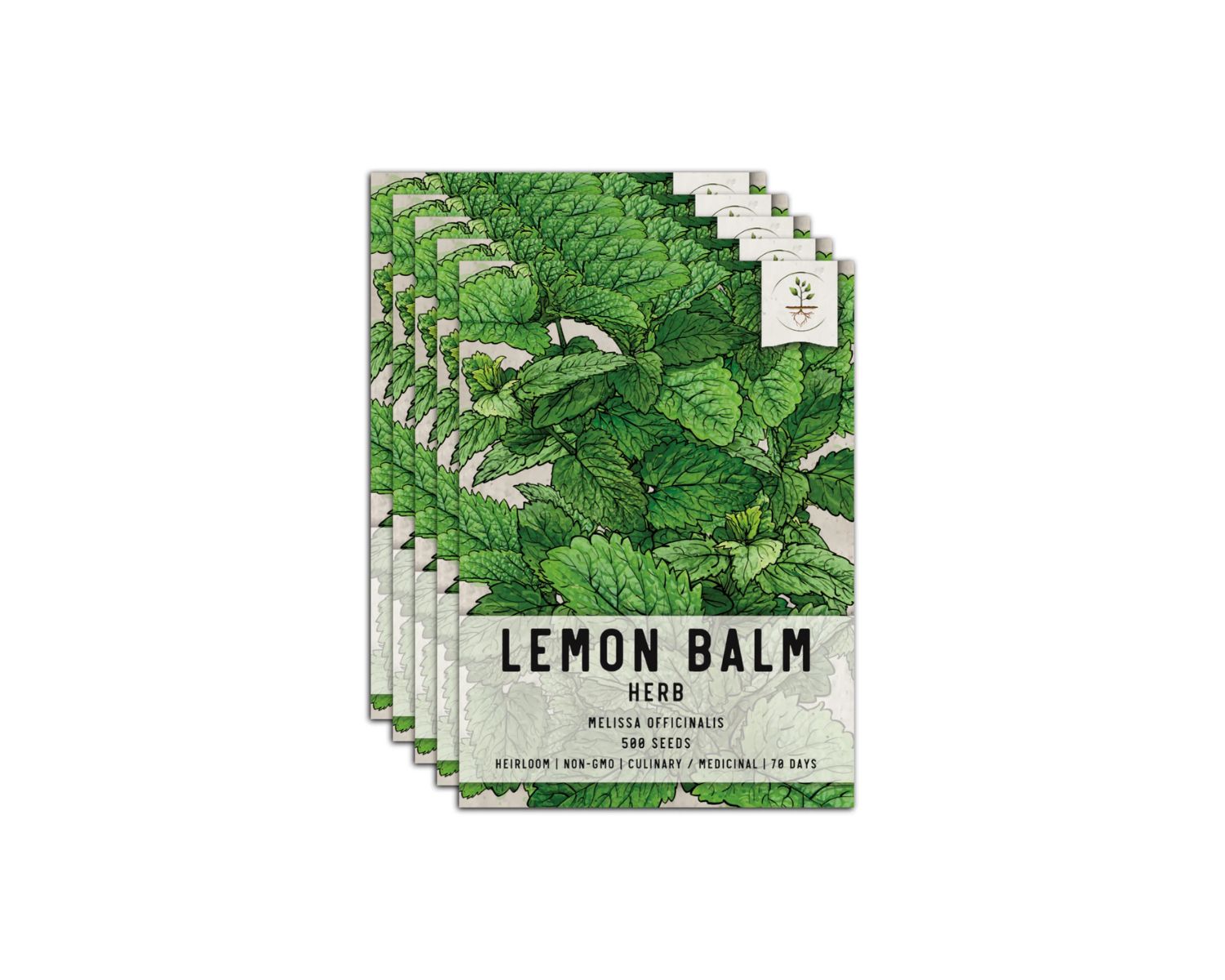
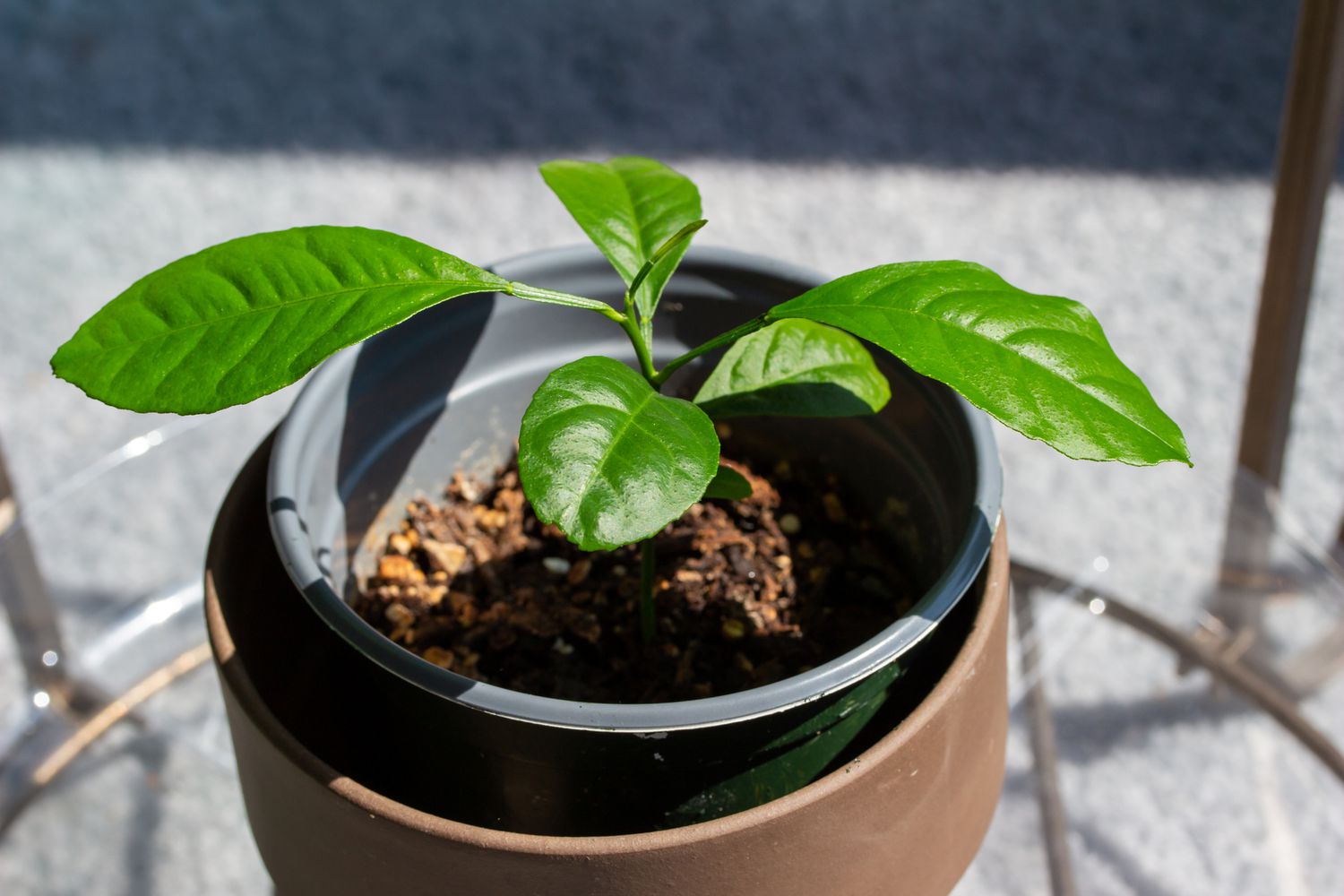
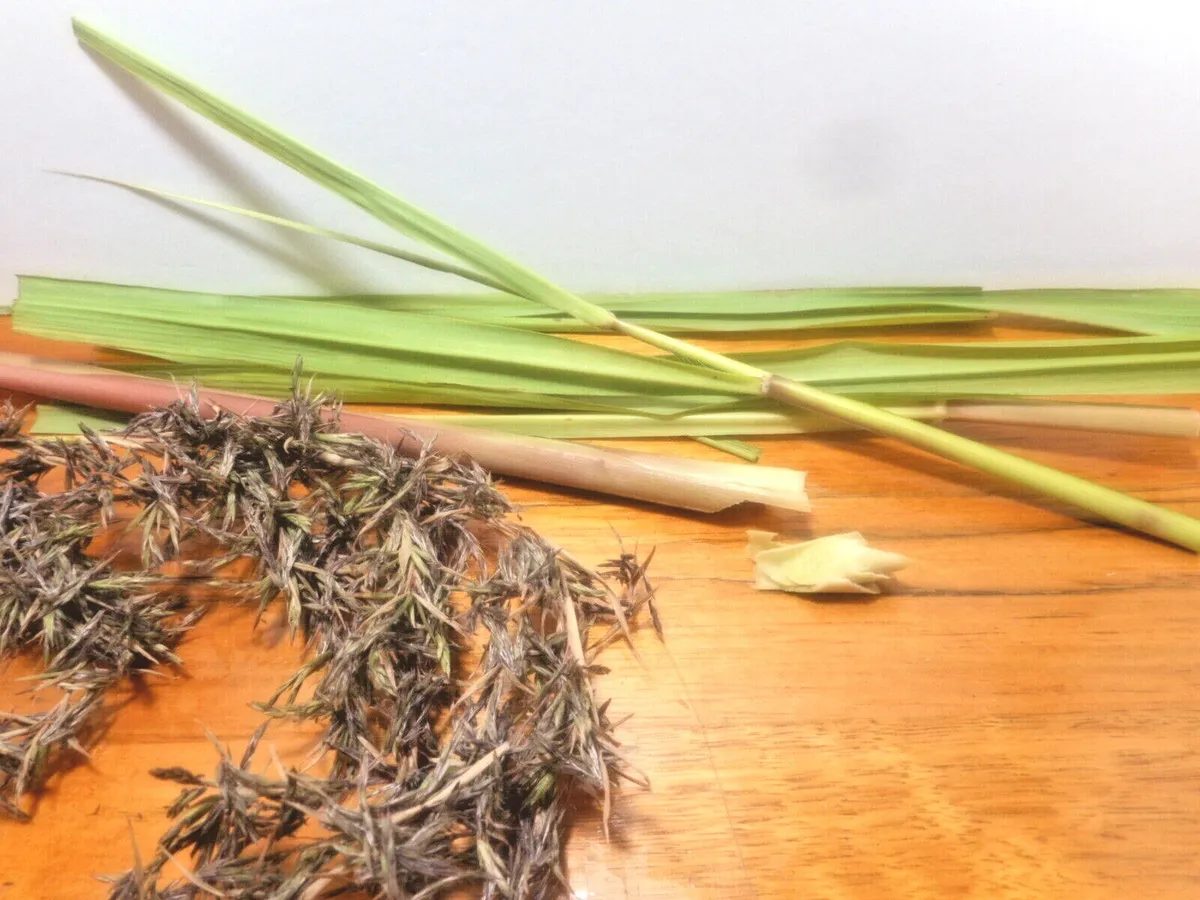
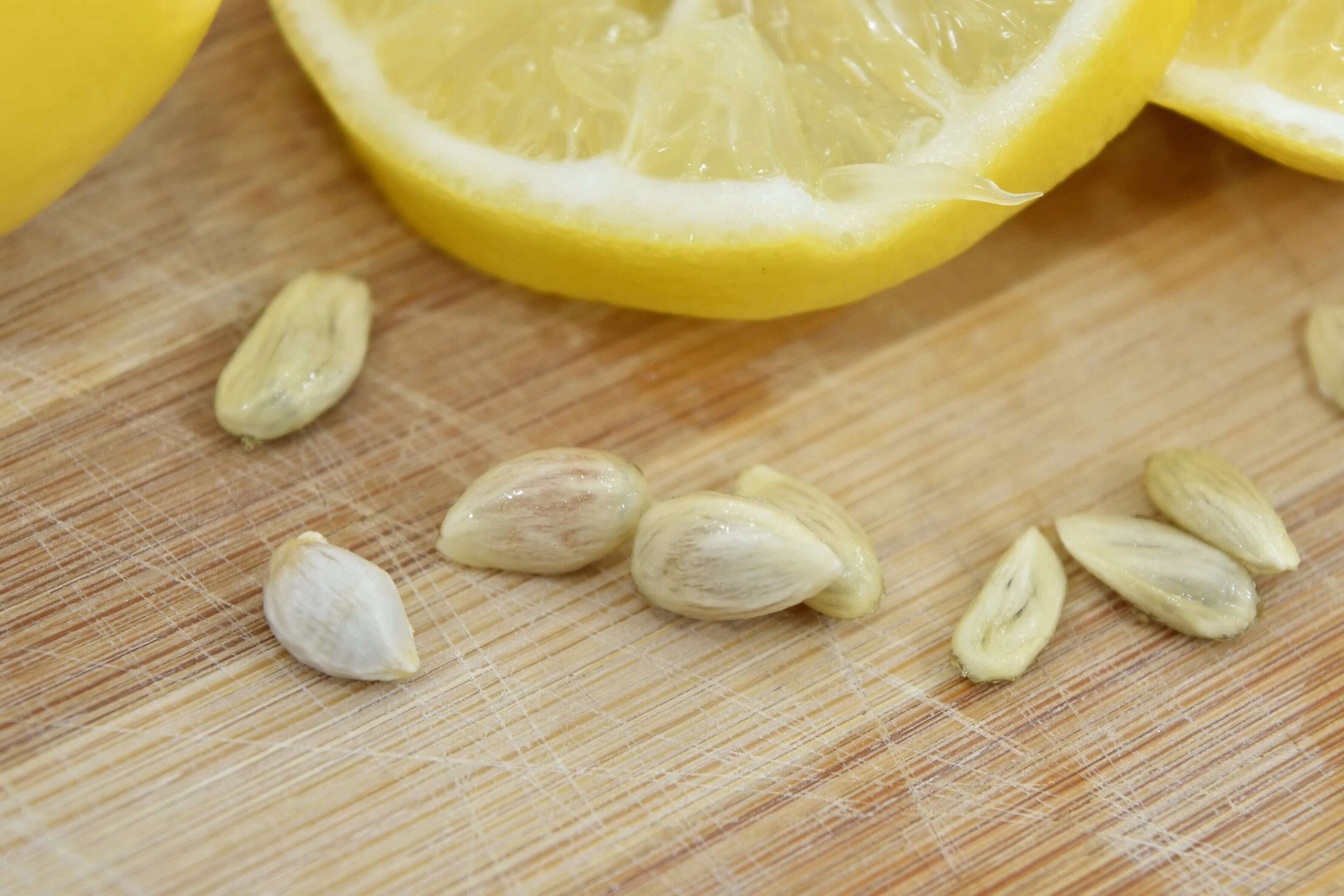
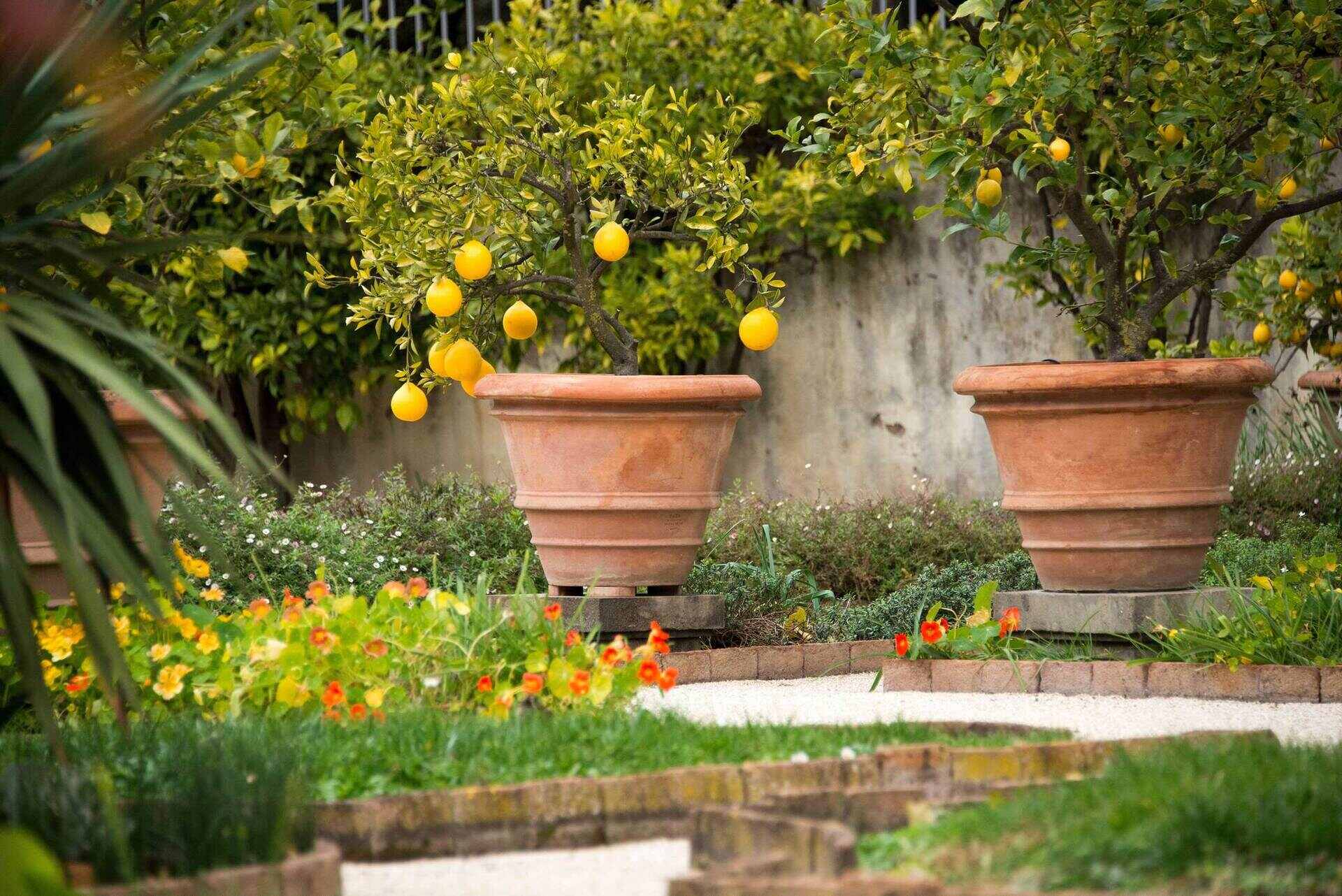
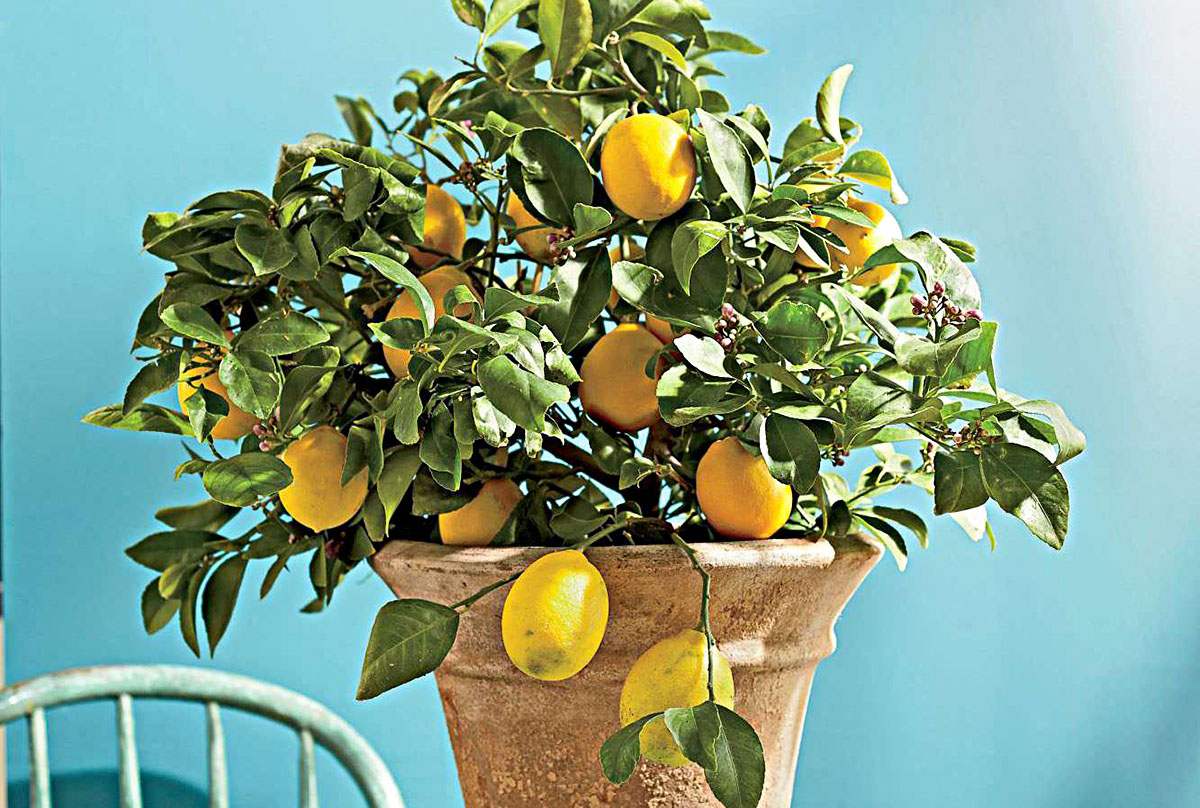
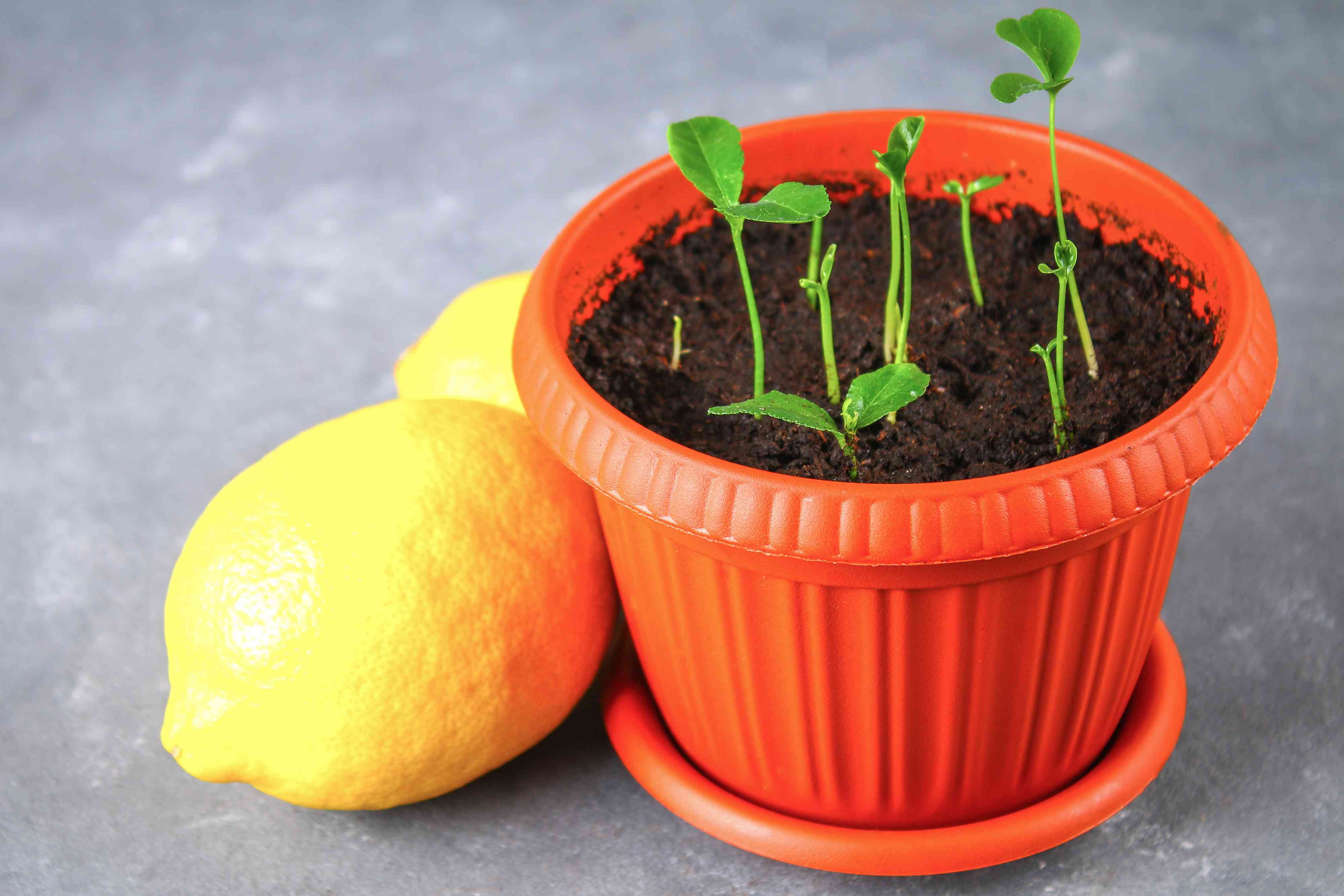
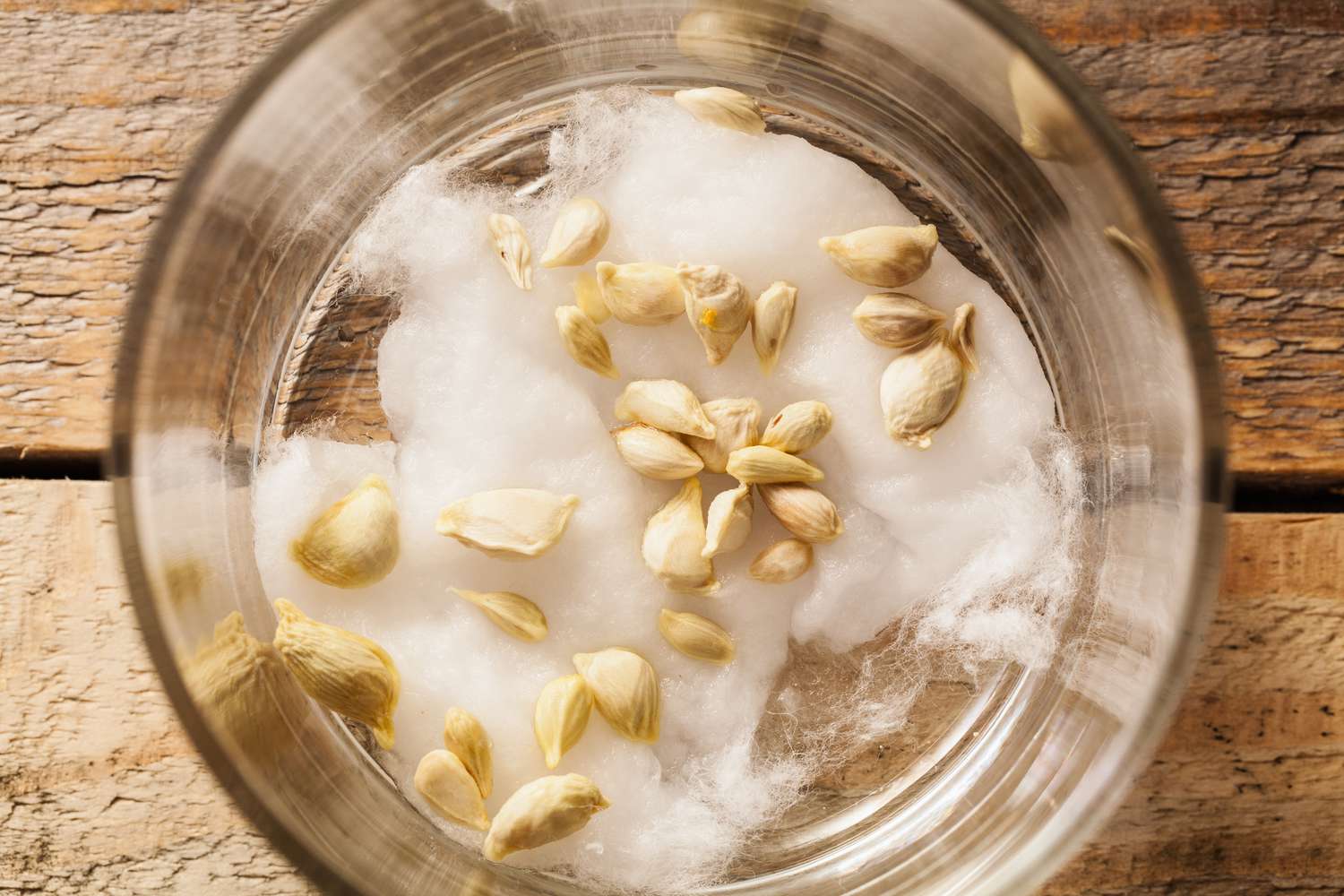
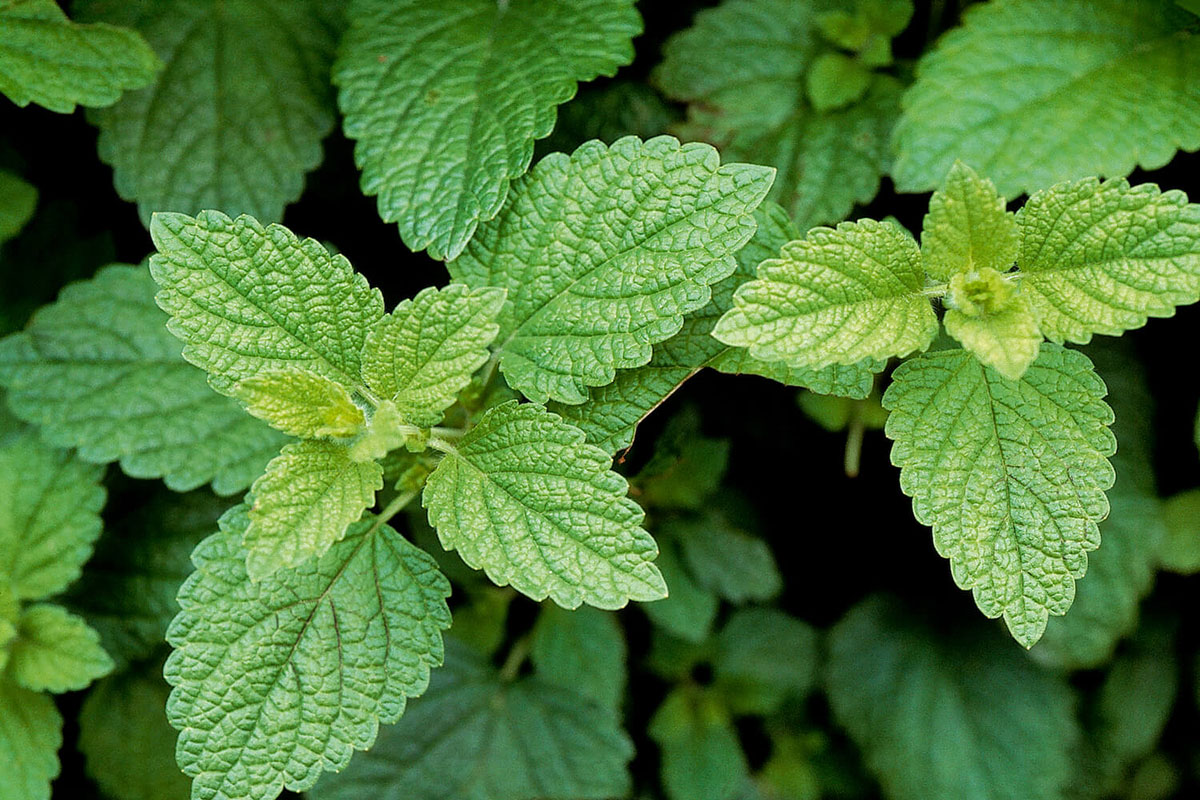
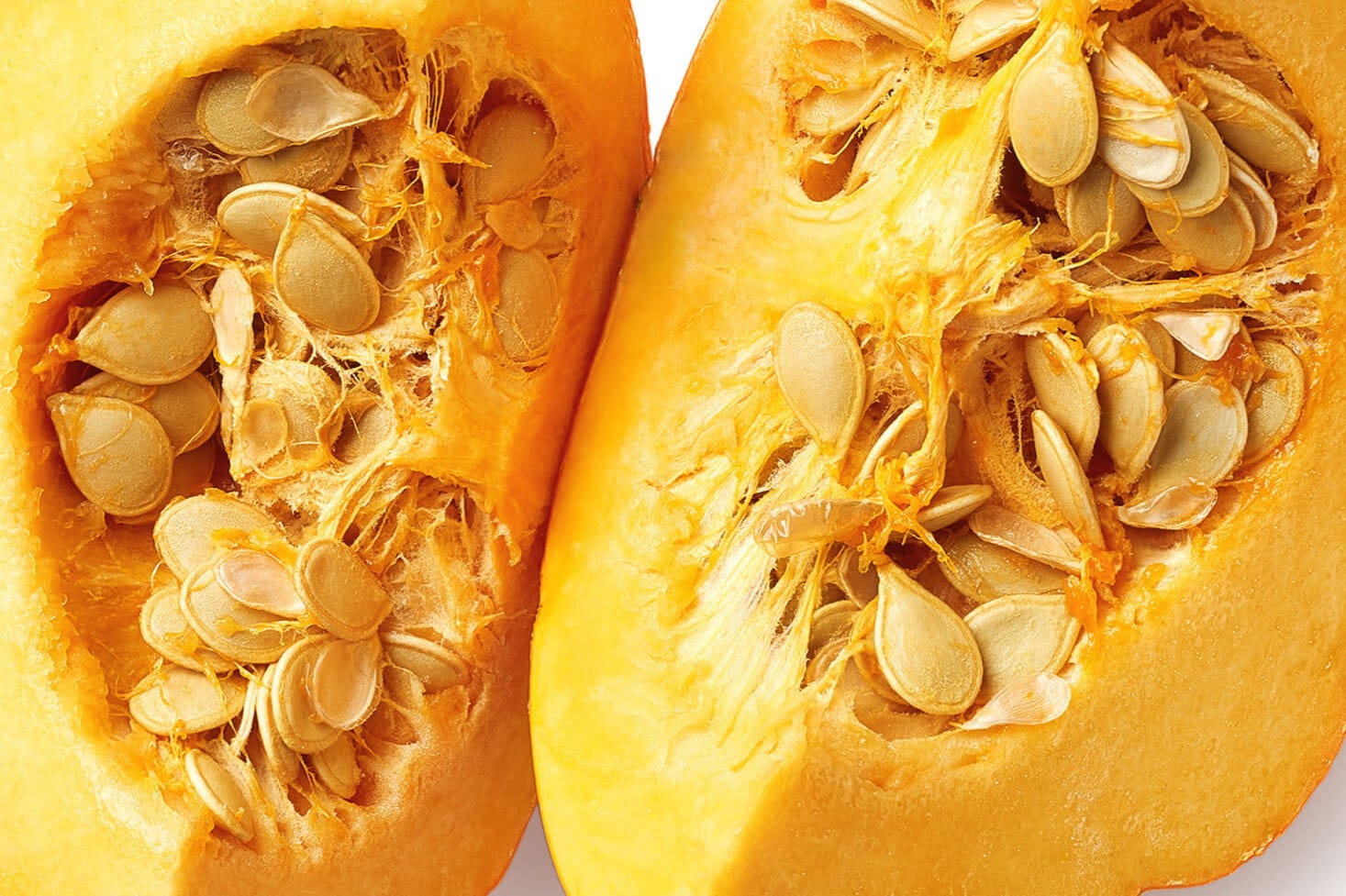
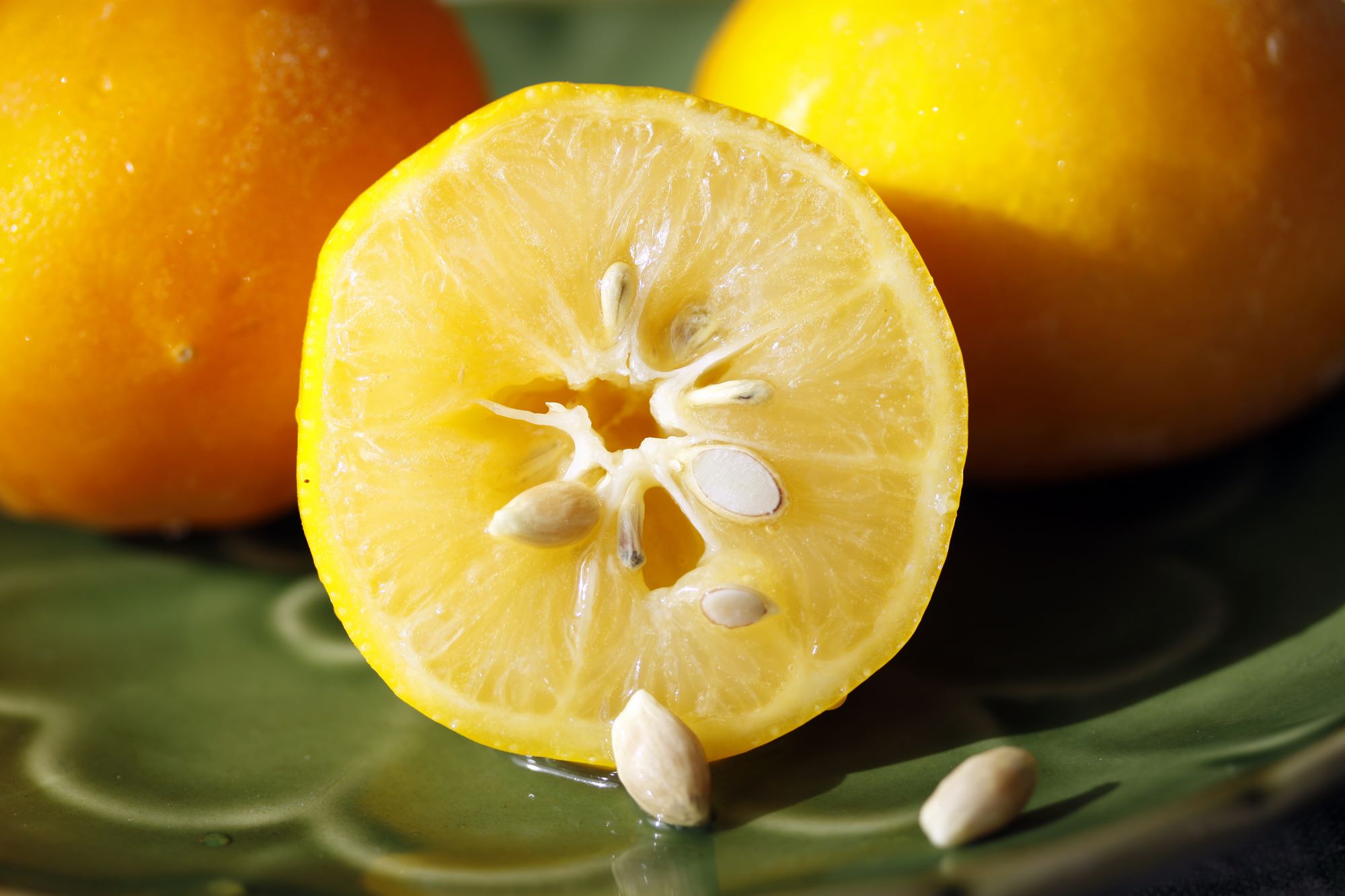
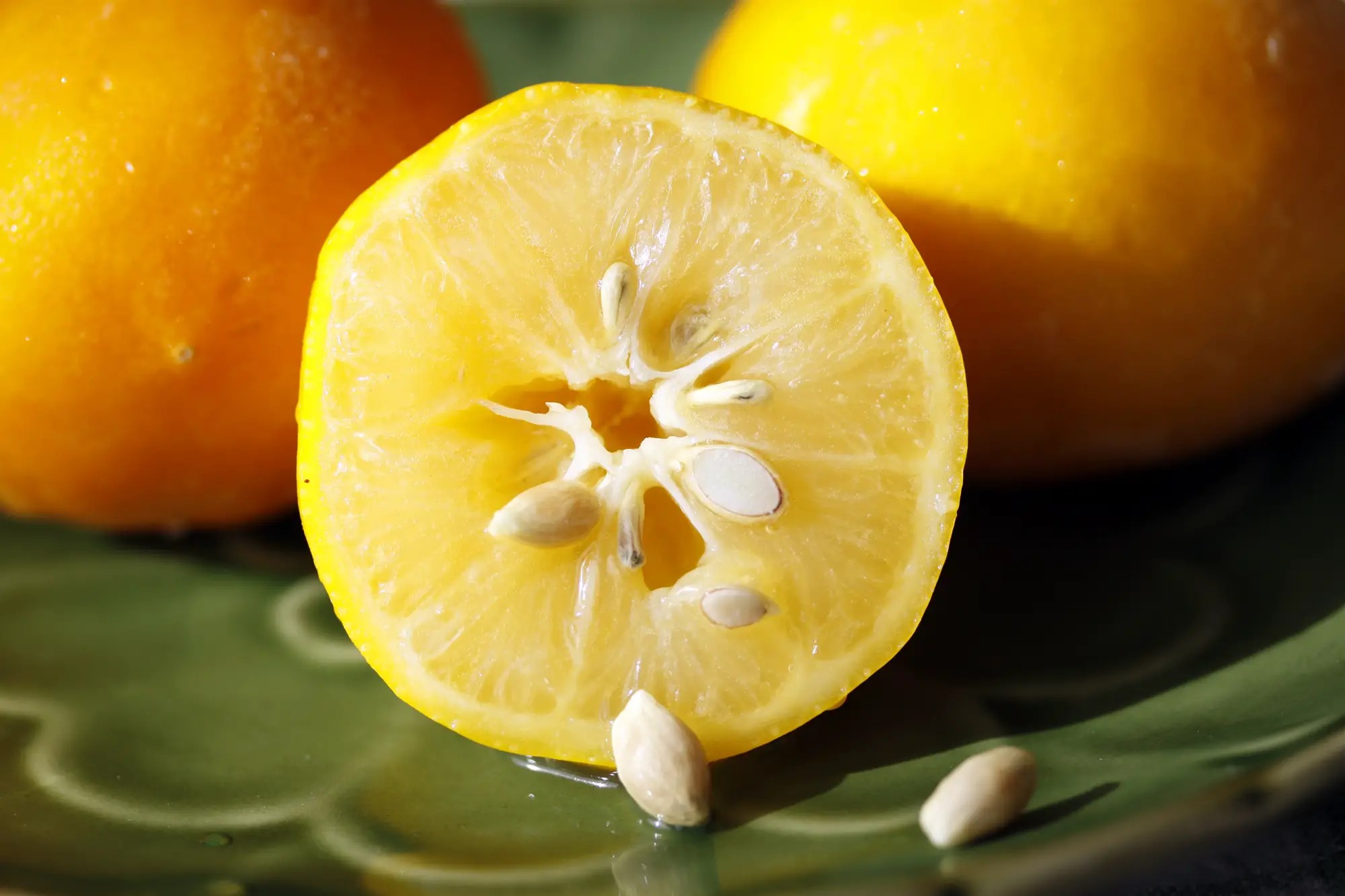
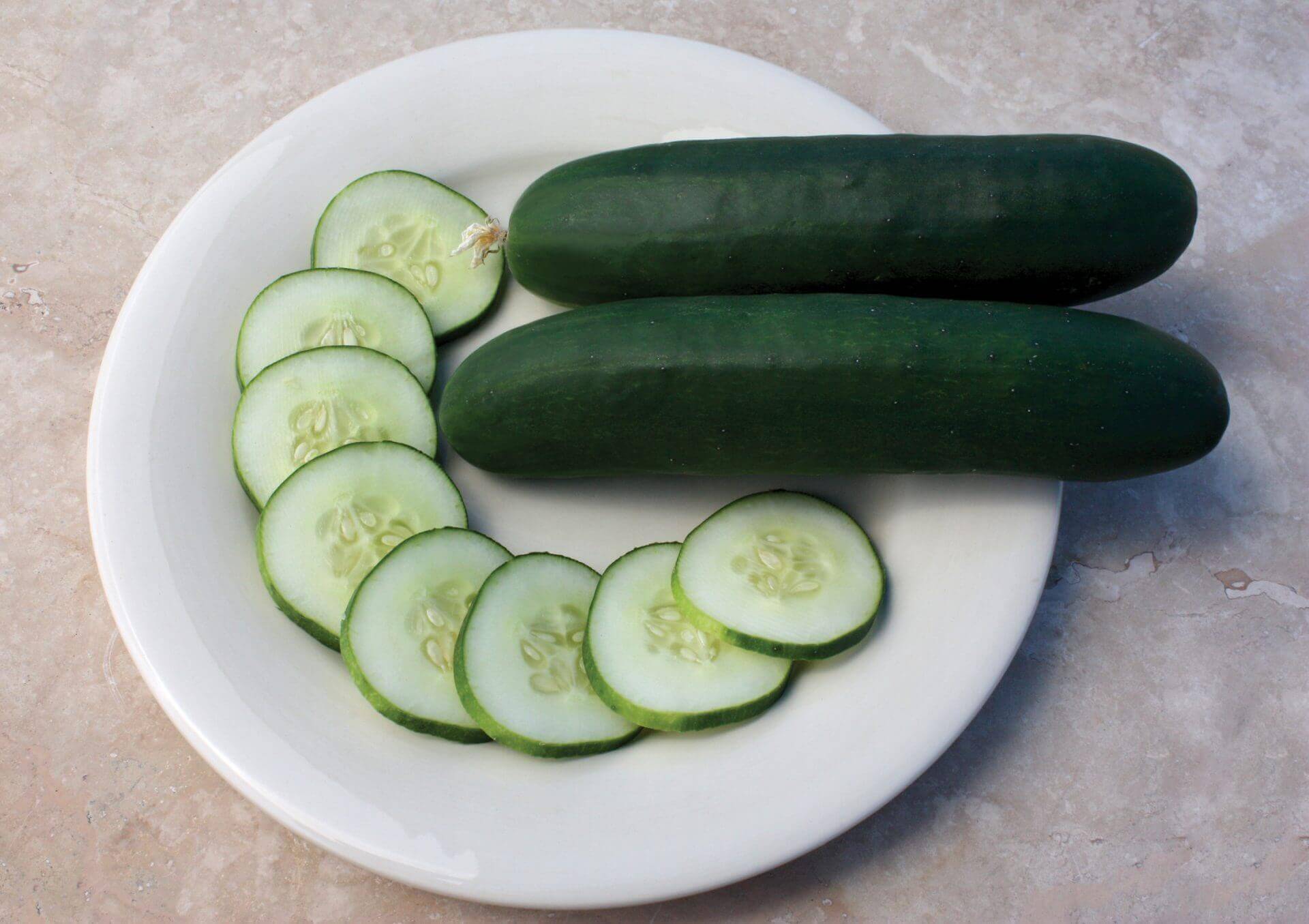

0 thoughts on “How Many Seeds In A Lemon”